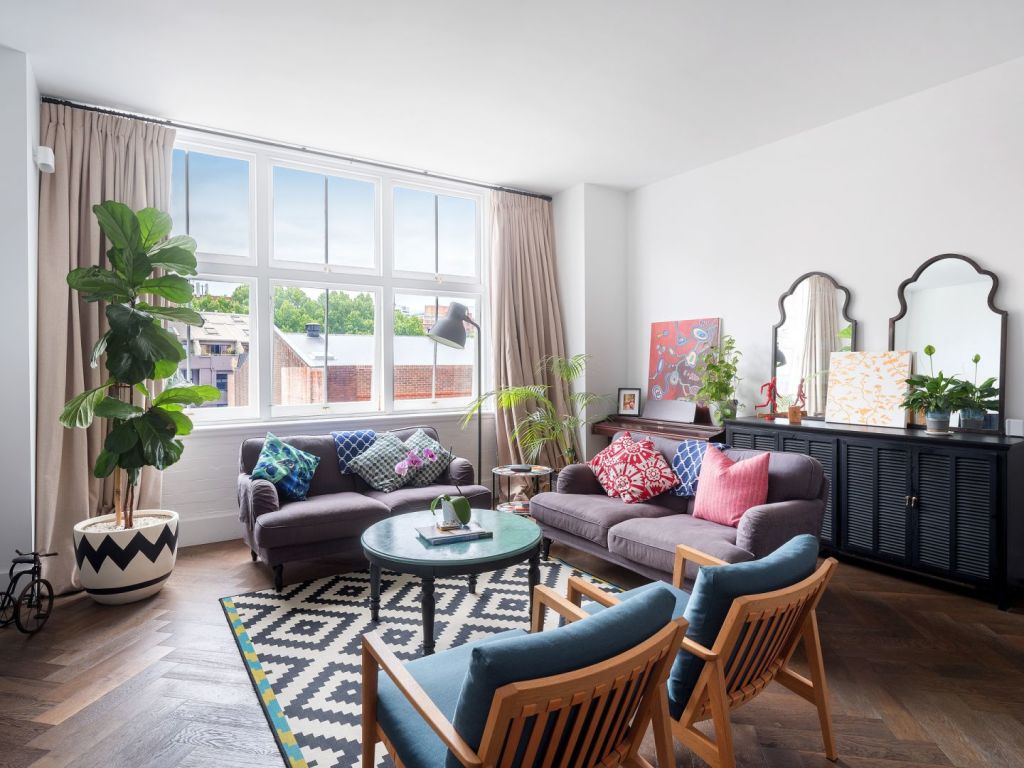How to personalise a rental property without losing your bond

If you’ve just moved into a rental property, you’ll want to make it feel more like home, but there’s only so much you can do without risking your bond.
As a general rule, tenants should leave their rental property as they received it, aside from general wear and tear. However, there are ways to personalise your new home without causing damage, asking for your landlord’s permission, or spending a huge amount of money.
Prevent damage from the get-go
As you start to transform your rental into a home and move your furniture around, it becomes easy to scratch or dent flooring and make marks on the walls. Preventing damage from the very start will make personalising your rental less stressful.
The legs of items like tables and chairs can scratch hard flooring. Adding felt stickers to the underside of each leg will make moving furniture around less risky. A thin slice of a cork attached to the underside of legs is another quick and easy way to prevent markings.
Display your art without wall damage
Due to rental reforms, Victorian tenants are now able to install picture hooks without first obtaining the residential rental provider’s consent. However, if you’re living in any other state you’re going to need to ask permission before making any incisions into the wall.
Many tenancy agreements specify that adhesive hooks and Blu Tack aren’t suitable for hanging pictures, as these methods run the risk of damaging paint or walls.
Leaning art against a wall rather than hanging it is a great workaround for renters looking to add some personality to their home.

If you’re leaning on leaning, the bigger the better with your art so it occupies as much wall space as possible. A layered look will help ensure the art looks curated and less like you’ve been putting off hanging your art.
For large floor pieces, canvas-wrapped art works well as they are often light and easier to move around. For heavier, timber-framed pieces, transparent non-slip grip at the base of the frame can stop the artwork from moving when bumped.
If you’re concerned about leaving marks on the wall, felt stickers on the frame where it touches the wall can further minimise damage.
Create your own storage solutions
It’s amazing what a well-placed tension rod can achieve in terms of storage and decor options. If you’re careful during installation, you can dismantle it when you leave without a trace.
A tension rod placed inside a window frame is useful for adding curtains to warm up a room. Between cabinets in a kitchen, hooks can be added to a tension rod create valuable hanging space for pots, pans and utensils. Need a better-placed shower curtain? A tension rod could be the remedy.
For more hanging space, consider over-the-door hooks or hangers. Cheap and easily picked up at most homeware stores, hooks can be added to the back of bathroom doors for hanging towels without the need to install railings that require your landlord’s permission.
Embrace the portable garden
If your rental comes with a backyard, you’ll need to ask your landlord’s permission before starting your own garden. A garden that is portable and contained is your best bet for avoiding conflict with your landlord when it comes time for you to leave.
Elevated veggie and herb gardens are a great way to add more greenery to your space without affecting the property, and work well for balconies too. Repurposing second-hand wooden boxes with appropriate drainage is a cost-effective way of creating a home for your plants.
Adding roller wheeled feet to the bottom of any planter boxes or larger pot plants will make your next move that much easier, and it helps when restyling your rental during your stay there, too.
For more advice on what you can and can’t change in a rental, read Domain’s ultimate guide to renting.
We recommend
States
Capital Cities
Capital Cities - Rentals
Popular Areas
Allhomes
More
- © 2025, CoStar Group Inc.







